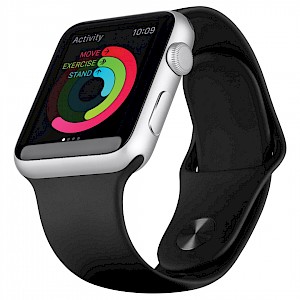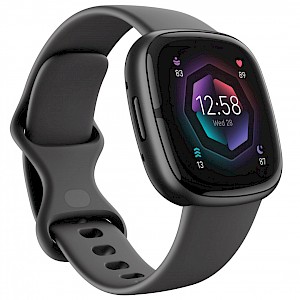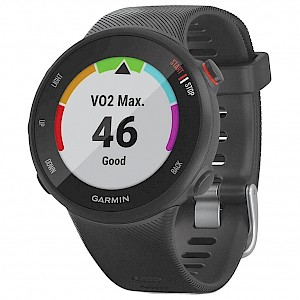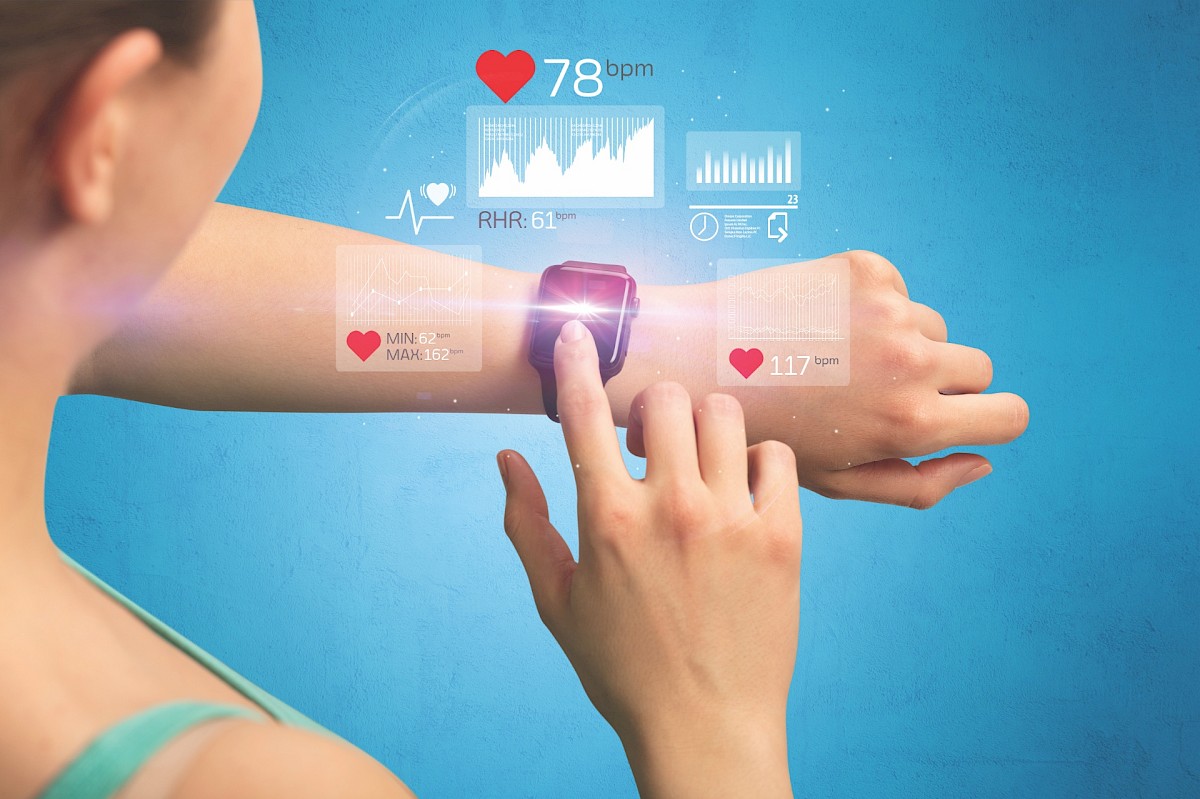Getting Technical About Fitness
In the realm of sports, the need for coaches and athletes to track progress is essential. Luckily for athletes, today’s technology makes it possible to track almost any health-related statistic.
In 2015, Apple launched the Apple Watch. It was a game-changer for athletes and fitness junkies alike. Imagine! —a mini phone screen that allowed you to not only send text messages and answer calls from your wrist, but these new devices also allowed you to track your heart rate, the duration of your workout, and the number of steps you take in a day.
As these devices have evolved, so have their features. “[My watch] pushes me. It tracks me. It keeps me motivated,” volleyball coach and runner Robin Holland said. “I’m constantly aware of things like my heart rate and calories.”

In addition to all their tracking features, the Apple Watch has goal settings, allowing you to customize your goals. Your watch will remind you throughout the day to “close your rings,” meaning finishing a workout, taking a few more steps, or standing up a little longer to accomplish your pre-set parameters. Because of this feature, the tracking devices are not just for athletes and workouts. They come in handy for people across any workforce. Seeing notifications to get up, get moving, and finish personally set goals is one of the biggest selling points for people tracking their health through their Apple Watch. “I have an office job, so I’m mostly on video or phone calls unless I’m in the field,” Starbucks Coffee Company Regional Coach Dawn Williams said. “Getting all the notifications telling me I’m ‘almost there’ makes me want to close out my goals.”
The step-tracking feature of the Apple Watch is important because it focuses our awareness of fitness and health beyond just our workouts. “Being in nursing school, I get a ton of activity in the hospitals. I’m always moving,” UCA nursing student Kearstan Williams said. “I got my Apple Watch last Christmas because I wanted to take advantage of the step-tracking feature since I do so much moving around in school.”

Fitbit is also at the top of the fitness tracking industry in direct competition with the Apple Watch. There is an ongoing debate on which device is the better choice. “I have a Fitbit as well as an Apple Watch,” Texas High softball player Mollie Fisher said. “Overall, my Apple Watch tracks everything more accurately than my Fitbit and has more features compatible with my iPhone.”
Fitbit offers a lot of the same tracking features as the Apple Watch. Similar to Apple’s ring motivations, Fitbit has a minute scheme, suggesting a certain number of minutes that should be spent in an optimal heart rate range. In addition to the standard heart rate, calorie, and step-tracking, a few versions of Fitbit also offer an electrodermal activity sensor, which senses signs of stress in its wearer.
Both being at the top of the list of preferred devices, the decision on which is better may come down to pricing. The newest series of Apple Watch, the Series 8, is sold for around four hundred dollars. Fitbit’s Sense 2 is slightly cheaper at three hundred dollars. “I was able to get my Fitbit as a gift. I had to save up for a while to get my own Apple Watch,” Fisher said. “I get more use out of my Apple Watch because of its compatibility with my phone. I generally have stopped wearing my Fitbit and only use my Apple Watch for my workouts now.”

The Garmin is also a top choice in this market. “We use the Garmin 45s Series for cross country. I chose to get this tracking device this year so each athlete could train at their own pace,” Texas High cross country and track coach Danielle Aubrey said. “Our team has a variety of kids at different levels, so I wanted to make sure each workout was accurate and effective in making them more competitive.”
Garmin allows athletes to save data and to see progress specific and unique to themselves. “There are others I researched when choosing which device to use, and Garmin had the best track record with athletes in our field,” Aubrey said. “Garmin allows us to save runs and set goals for future runs. It allows me to send our workouts directly to the athletes and set their paces, so they don’t have to calculate it on their own.” Going along with its detailed progress tracking, the Garmin also allows athletes to keep track of their physical health and stay on top of injury or illness. “[The Garmin] allows them to enter at the end of every workout how they are feeling and what may be different in their training,” Aubrey said. “This helps us over the long season to address problems, whether that be over-training, illness, or serious injury.”
The Garmin 45s Series was released in 2019. Priced at about two hundred dollars, it is considerably cheaper than the Fitbit and Apple Watch, offering many of the same features. However, the newest Garmin, the fēnix® 7X-Solar Edition, is priced at eight hundred and ninety-nine dollars. Though expensive, it allows tracking of more in-depth health considerations, including sleep tracking, elevation, real-time stamina, and it offers suggested workouts based on previous workouts you have tracked.
January inevitably brings with it new fitness goals. These fitness tracking devices may be just what you need to turn those New Year’s resolutions into long-term lifestyle choices. Each of these devices offers unique benefits and can boost your motivation, consistency, and understanding of needs specific to your body. Depending on your goals, there is likely a device to perfectly meet those needs. So, get motivated, get the right equipment, and then get moving. It’s a brand-new year with brand-new possibilities.


